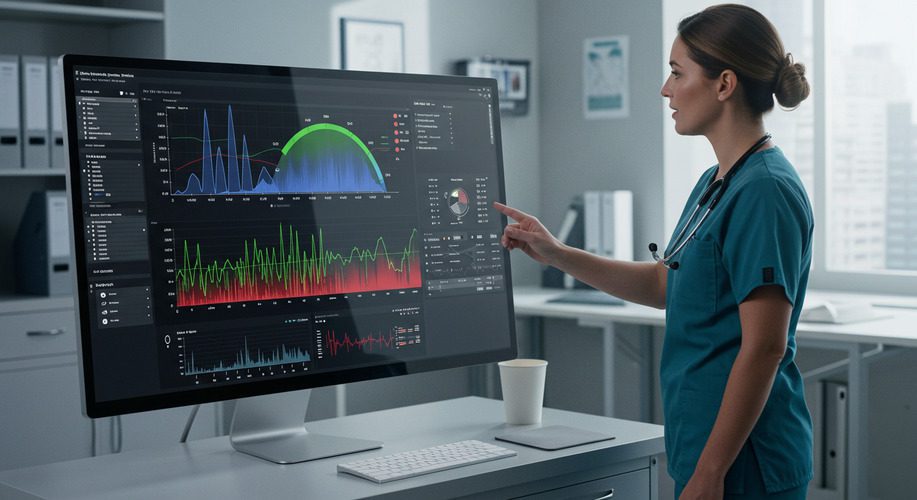In the highly regulated world of Software as a Medical Device (SaMD), adopting a risk-based approach is essential to ensure safety, effectiveness, and compliance throughout the product lifecycle. By proactively identifying, assessing, and mitigating risks, you can streamline development, meet regulatory requirements, and deliver reliable solutions. This guide outlines how to implement a risk-based approach for SaMD development and highlights best practices for success.
1. Why a Risk-Based Approach is Essential
1. Aligning with Regulatory Expectations
- Global standards like ISO 14971 emphasize risk management as a critical component of SaMD development.
- Regulatory bodies, including the FDA and MDR, require evidence of risk assessment and mitigation during premarket submissions.
2. Ensuring Patient Safety
- A risk-based approach minimizes the potential for harm by identifying and addressing vulnerabilities early in the development process.
3. Supporting Innovation
- Risk management provides a structured framework for addressing uncertainties, enabling safer implementation of advanced technologies like AI and IoT.
Related: SaMD Lifecycle Management: Strategies for Long-Term Success
2. Key Principles of a Risk-Based Approach
1. Proactive Risk Identification
- Use techniques like Failure Mode and Effects Analysis (FMEA) to identify potential risks during design and development.
- Collaborate with stakeholders, including clinicians and end-users, to gather diverse perspectives.
2. Risk Assessment and Prioritization
- Assess risks based on severity, occurrence, and detectability.
- Prioritize high-impact risks that could compromise patient safety or regulatory compliance.
3. Iterative Risk Mitigation
- Implement control measures to reduce risks to acceptable levels.
- Continuously evaluate and update risk controls throughout the SaMD lifecycle.
Related: How to Conduct Post-Market Surveillance for SaMD (Advanced Guide)
3. Steps to Implement a Risk-Based Approach
1. Establish a Risk Management Framework
- Align your framework with ISO 14971 standards.
- Define roles and responsibilities for risk management activities.
2. Integrate Risk Management into Development
- Incorporate risk assessment into agile workflows, ensuring it is a continuous process.
- Use risk-based testing to focus validation efforts on high-risk areas.
3. Leverage Real-World Evidence (RWE)
- Use data from post-market surveillance to validate risk controls and inform future development.
- Regularly update risk management files based on RWE insights.
4. Document Everything
- Maintain comprehensive records of all risk management activities for regulatory submissions and audits.
Related: Navigating FDA’s Proposed AI/ML Framework for SaMD
4. Challenges and Solutions
1. Balancing Innovation with Risk Mitigation
- Challenge: Implementing advanced technologies while managing risks effectively.
- Solution: Conduct early-stage risk assessments to identify potential issues and ensure compliance checkpoints are embedded in workflows.
2. Resource Constraints
- Challenge: Smaller teams may lack the resources to implement comprehensive risk management.
- Solution: Use automated tools and prioritize high-impact risks to optimize resource allocation.
3. Adapting to Evolving Regulations
- Challenge: Keeping up with regulatory changes across regions.
- Solution: Monitor regulatory updates and collaborate with compliance experts to stay informed.
Related: Regulatory Innovation in SaMD: How Global Standards Are Evolving
5. Best Practices for Risk-Based SaMD Development
1. Foster a Risk-Aware Culture
- Train teams on the importance of risk management and encourage proactive identification of potential issues.
2. Use Advanced Tools
- Leverage AI-driven risk analysis tools to enhance accuracy and efficiency.
- Adopt QMS software to manage risk documentation and reporting.
3. Engage Stakeholders
- Involve clinicians, regulators, and end-users throughout the development process to align risk management with real-world needs.
Related: Harnessing IoT for Improved Compliance and Monitoring in SaMD
6. The Future of Risk-Based Approaches in SaMD
1. AI-Driven Risk Prediction
- Emerging AI tools will analyze historical data to predict potential risks more accurately.
2. Integration with Blockchain
- Blockchain technology will provide tamper-proof records of risk management activities, enhancing transparency and trust.
3. Harmonization of Global Standards
- Efforts to align international regulations will simplify risk management for global markets.
Conclusion
A risk-based approach is essential for ensuring the safety, compliance, and success of your SaMD solutions. By proactively identifying and mitigating risks, integrating risk management into workflows, and leveraging advanced tools, you can build reliable and innovative SaMD products that meet regulatory expectations and improve patient outcomes.
For further insights, explore related articles:
Start implementing a risk-based approach today to ensure your SaMD solutions stand out in the competitive MedTech landscape.





